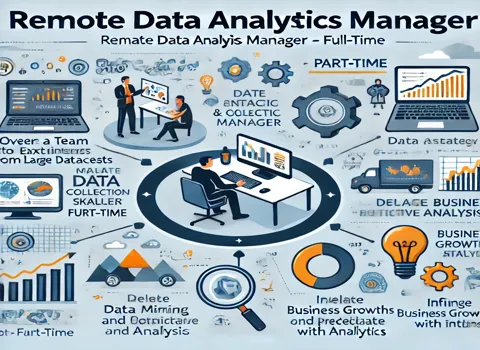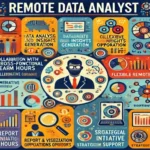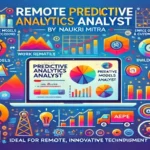Remote Data Analytics Manager
Description
Frequently Asked Questions (FAQs)
What are the key challenges faced by a Remote Data Analytics Manager?
One of the primary challenges is ensuring data integrity and consistency across distributed teams. Managing large datasets in real-time while maintaining data security and compliance with global standards can also be complex. Additionally, aligning cross-functional teams with a data-driven culture and integrating emerging technologies into existing systems can present hurdles.
How does this role contribute to business growth?
This position is essential in enhancing business performance by leveraging data-driven insights to guide strategic decisions. From predictive modeling to revenue optimization, the Data Analytics Manager helps identify trends, improve operational efficiency, and enhance customer experience, ultimately driving long-term growth.
What tools and technologies are essential for success in this role?
This role requires proficiency in database languages like MySQL, programming tools like Java, and visualization platforms like Power BI, Power BI, or Looker. Knowledge of cloud computing platforms like AWS, GCP, or Azure, along with expertise in big data frameworks (Hadoop, Spark), ETL pipelines, and machine learning models, is also highly valuable.
What career growth opportunities are available for a Data Analytics Manager?
As a Data Analytics Manager, you may advance to executive positions like Head of Analytics, Head of Data Science, or even Chief Data Officer (CDO). Continuous learning through certifications, advanced machine learning projects, and exposure to business strategy can also open doors to executive-level positions.
How does the company foster a data-driven culture?
The organization emphasizes data literacy across all teams by offering training programs and workshops. It encourages data-driven decision-making by integrating analytics tools into everyday business processes, providing real-time dashboards, and fostering collaboration between analytics and business units. Leadership also prioritizes investments in AI and big data technologies to maintain a competitive edge.




